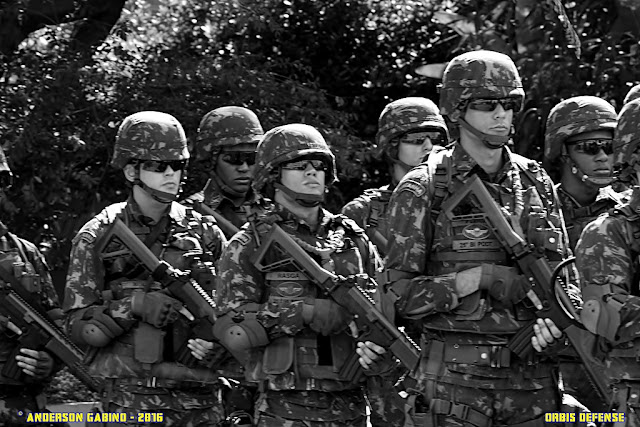 |
| The UK's decision to embed some of its key maritime patrol personnel
with allied units means that it should be well prepared for the
not-too-distant introduction into service of the P-8A Poseidon. Source:
IHS/Patrick Allen
|
By: Wording OD.
The UK's 'Seedcorn' personnel exchange programme has gone a long way
to mitigating many of the risks that might otherwise have troubled the
planned introduction into service of the Boeing P-8A Poseidon maritime
patrol aircraft (MPA), a senior US Navy (USN) officer told reporters on
12 July.
Speaking at the Farnborough International Airshow 2016, Captain Tony
Rossi, USN Program Manager PMA-290, said that the decision in 2010 by
the UK Ministry of Defence (MoD) to second about 30 personnel to allied
MPA forces in the wake of the Nimrod MR2 retirement and Nimrod MRA4
cancellation had been highly fortuitous in relation to recently
announced P-8A procurement.
"'Seedcorn' was a great victory. UK crews already have about 1,000
hours of P-8 time - they are some of the most capable operators that
[the US Navy] has," Capt Rossi said. "They already have about three to
five years on the P-8, and so the UK will not be starting from a crawl
[when its new aircraft begin arriving in 2019]," he added.
Following the retirement of Nimrod MR2 and cancellation of the Nimrod
MRA4 in late 2010, the United Kingdom sent a core of qualified Royal
Air Force (RAF) aircrew to maintain and develop their skills with MPA
squadrons in Australia, Canada, New Zealand, and the United States,
Of these, about 12 have been serving aboard US Navy P-8s based out of
Naval Air Station Jacksonville in Florida. Although usually integrated
with US Navy and even Royal Australian Air Force (RAAF) crews that have
been building up their own P-8 proficiencies, the RAF crews have on
occasion operated on their own. Such has been their ability, that a
UK-only crew actually won the US Navy's prestigious Anti-Submarine
Warfare (ASW) Fleet Challenge exercise in 2014.
Source: Jane's Defense.









































